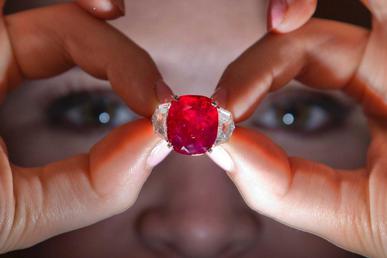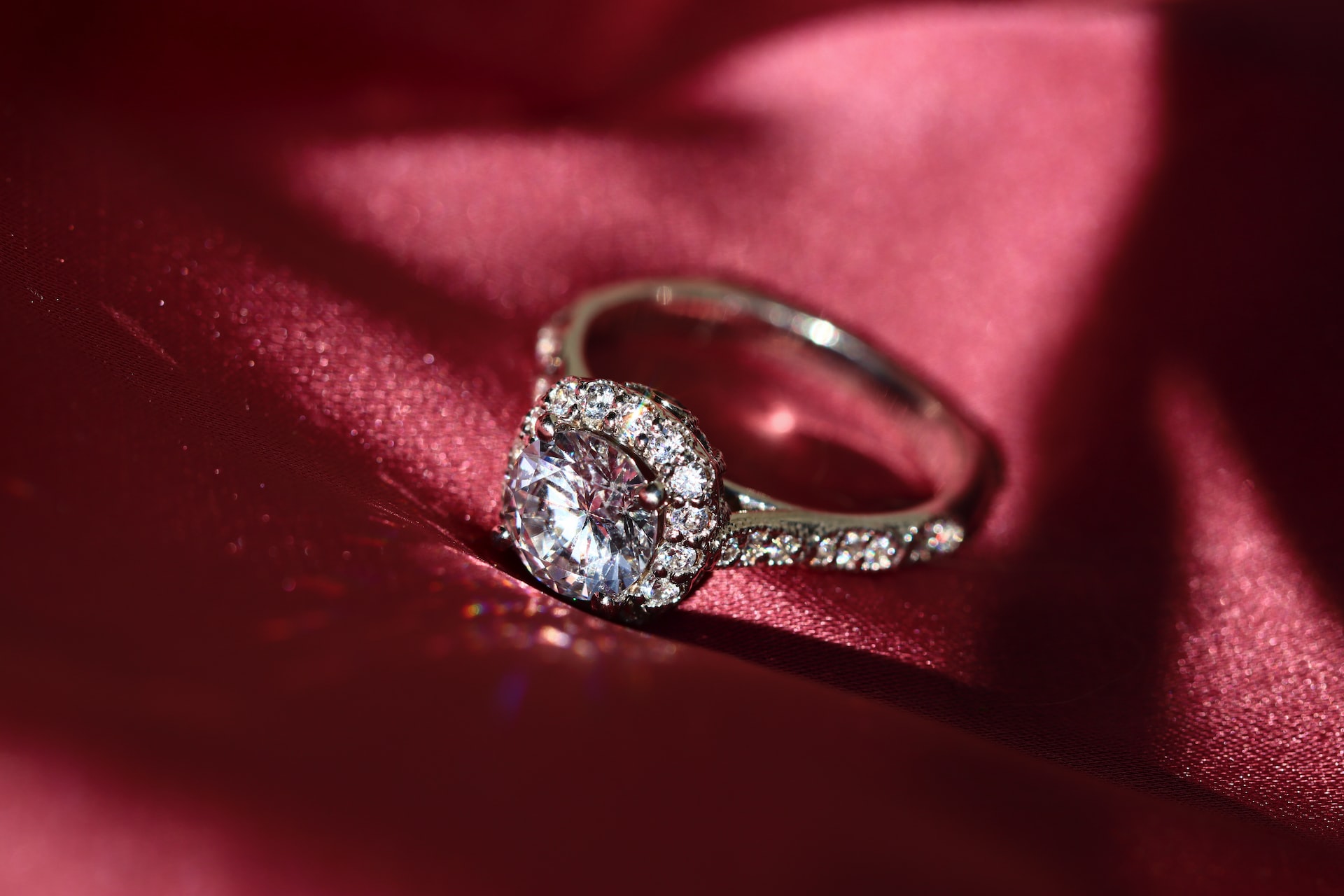Gemstones have fascinated humans for centuries. People have prized these precious stones from ancient to modern times for their beauty and rarity. This article will explore ways to identify gemstones and distinguish them from imitations as the best answer to “How can I identify a gemstone.”
Gem identification is a topic that we’re often asked about. But how can you tell if a stone is a genuine gemstone or just a piece of glass or plastic?
How can I identify a Gemstone as a genuine stone or fake?
Most gemstones may be identified by their color and weight, two of their most prominent features. To ensure the identification, you must employ specialized equipment to look at the stone from the inside out.
Here is the 8-step guide for gemstone identification.
-
Conduct a Visual Inspection

The first step in identifying a gemstone is to inspect it visually. Genuine gemstones typically have a unique color, clarity, and luster that set them apart from imitations.
Look for imperfections, inclusions, or blemishes, indicating the stone is a natural gemstone. Examine the stone under a bright light and identify any characteristic features that may help you determine its identity.
-
Feel the surface
Touch the smooth stone. Do not classify a stone with a sandy or rough texture as a precious gem.
-
Check the malleability
Stones easily shaped by hammering, breaking, or bending is likely metallic ores rather than precious stones.
Only gems with a crystalline structure may be considered gem quality. Although cutting, fracturing, and abrasively reshaping this structure is possible, pressure alone will not be sufficient to change its permanent planes.
Please don’t use a hammer on a stone unless you want to smash it. Unlike artificial stones, natural jewels can only shatter.
-
Check the Hardness

One of the essential characteristics of a gemstone is its hardness. Gemstones are ranked on a scale of 1 to 10 on the Mohs hardness scale, which measures the relative hardness of minerals. Diamonds, for example, are the hardest mineral and rank ten on the Mohs scale. A piece of glass, on the other hand, ranks around 5.5. To test the hardness of a gemstone, try to scratch it with a more complex mineral or material. The stone should not scratch or show signs of wear and tear if it is genuine.
-
Use a standard Refractometer.
A standard refractometer is a device used to measure the refractive index of a gemstone. The refractive index is how light bends as it passes through the stone. Different gemstones have different refractive indices, which can be valuable for identifying gemstones. However, refractometers can be expensive and are generally only used by professionals.
-
Check the Specific Gravity

The specific gravity of a gemstone is its weight about the weight of an equal volume of water. This checking can be a helpful tool in identifying gemstones, as different gemstones have different specific gravities. To calculate or identify the specific gravity of a gemstone, you will need a scale and a container of water. Weigh the stone and weigh it again when submerged in the water. Divide the weight of the stone by the difference in weight between the two measurements. The resulting number is the specific gravity of the stone.
-
Conduct a Heat Test

Some gemstones are sensitive to heat, which can cause them to crack, fracture, or change color. To test for heat sensitivity, heat a small area of the stone with a lighter or torch for a few seconds and then immediately immerse it in cold water. If the stone is genuine, it should not show any damage or discoloration.
-
Seek Professional Help
If you are still determining the identity of a gemstone, it is always best to seek professional help. Gemologists are trained experts who can identify gemstones and distinguish them from imitations. They have access to specialized tools and techniques that can help them identify gemstones with a high degree of accuracy.
End Note:
In conclusion, identifying gemstones can be challenging, but with the right tools and proper techniques, it is possible to distinguish between genuine gemstones and imitations. By conducting a visual inspection, checking the hardness and specific gravity, using a refractometer, conducting a heat test, and seeking professional help, you can better understand the characteristics of gemstones and how to identify them. Whether you are a jewelry enthusiast, a collector, or a professional in the field, learning how to identify gemstones can help you appreciate these precious stones even more.









